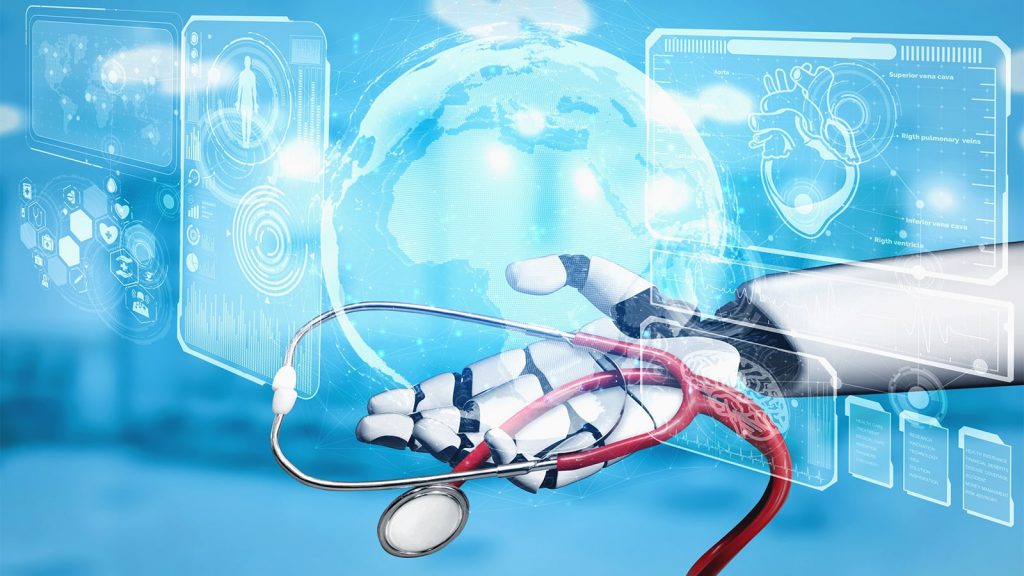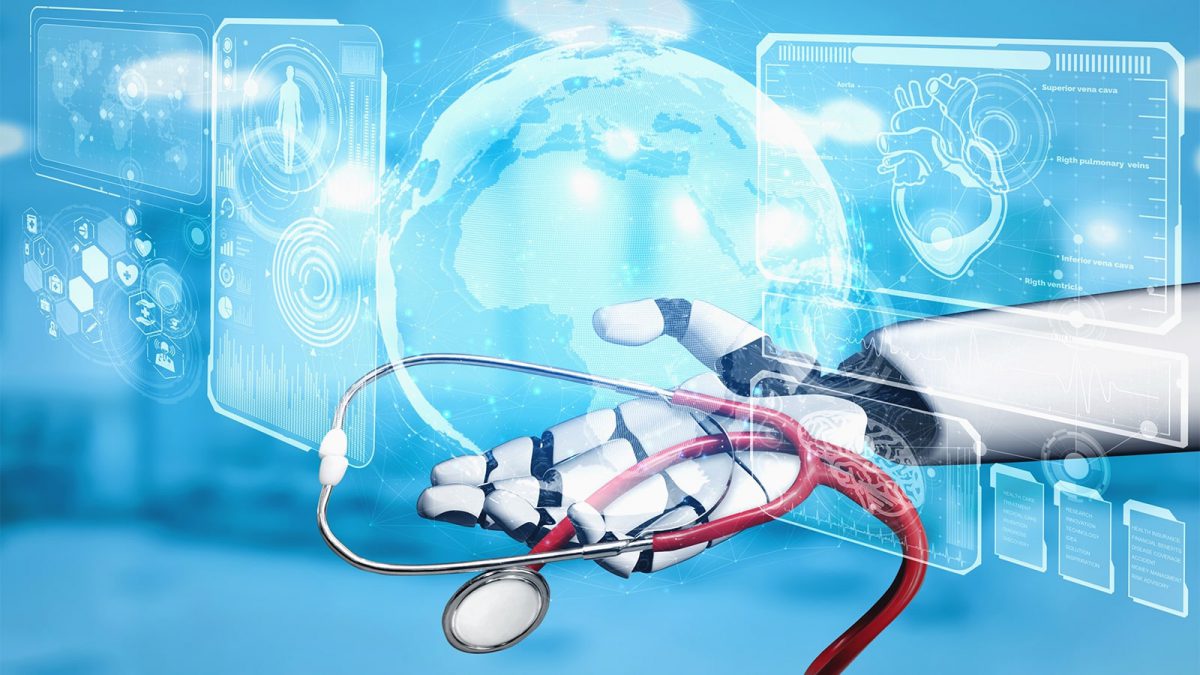IoT is well known for its technical advancement in resolving real world problems by implementing biomedical engineering along with parallel computing domains with diversified applications. It is a dynamic collection of sensors, cloud storage and multiple embedded devices for data exchange by evolving remarkable shifts in robust intelligent systems. Just by using sophisticated sensors the life of patients will not improve so as to ensure the critical situations data will be stored on a cloud server and analyzed by healthcare professionals through online consultation.
Importance of Deep Learning and Neural Networks :
Neural computing, Deep learning are in high demand because of architecture made of multi-layer artificial neural network.It acquire qualities and knowledge just similar to the human brain in learning new things like speech recognition, language processing and data analysis in research. IoT is also used in patient monitoring and in aiding wearable medical devices. The data generated is beyond our control hence we would require a system that will manage data in a suitable manner. Technology and medical science are proving better means for the healthcare sector.

Deep learning is the first choice for data analysis and image processing through ECG, EEG MRI, CT, Angiography, X-ray images, etc. It is helpful in providing good and efficient results with a greater speed in chronic situations. It is an evolving field for researchers to cover multidisciplinary topics of any field and areas.
There are many inventions going nowadays on different topics related to IoT and some of them are as follows :
- IoT sensors for smart healthcare devices
- Telemedicines
- Data Security in healthcare
- ECG Classification using Deep learning
- EEG Classification using Deep learning
- Medical Image Classification using Deep learning
- Medical Image Segmentation using Deep learning
- Medical Image fusion using Deep learning
Various countries are adopting IoT worldwide for improving and managing the dynamic, heterogeneous, multi-source data with great velocity to improve the critical medical conditions. Managing the data will lead to integrating, collecting, processing, analyzing, extracting knowledge by proceeding with the challenging task in progressive manner. But healthcare sector is quite challenging for IoT to come up with a device or an application that will fulfill patient need in real time and conditions with certain parameters. In order to proceed with this challenge Hadoop based Intelligent system (HICS) came into existence that uses IoT and contextual big data in the healthcare system which is connected to an enormous network connected with millions of devices to gather data.
Procedure of Data Analysis :
The collected data then processed with sensors, wearable devices, connected with the patient body and forwarded them to Intelligent building(IB) through PMD (primary mobile device) by using the internet. After analyzing the data the parameters are set to identify the seriousness and abnormality of a patient. They use publicly available medical sensors in real time traffic by using statistical methods, thresholds and machine learning techniques. IB consists of 3 main parts :
- Big Data Collection used for collection, filtration and load balancing
- Hadoop processing Unit used for file distribution and MapReduce
- Analyze the situation and perform actions
- Decision Making are equipped with medical expert system
